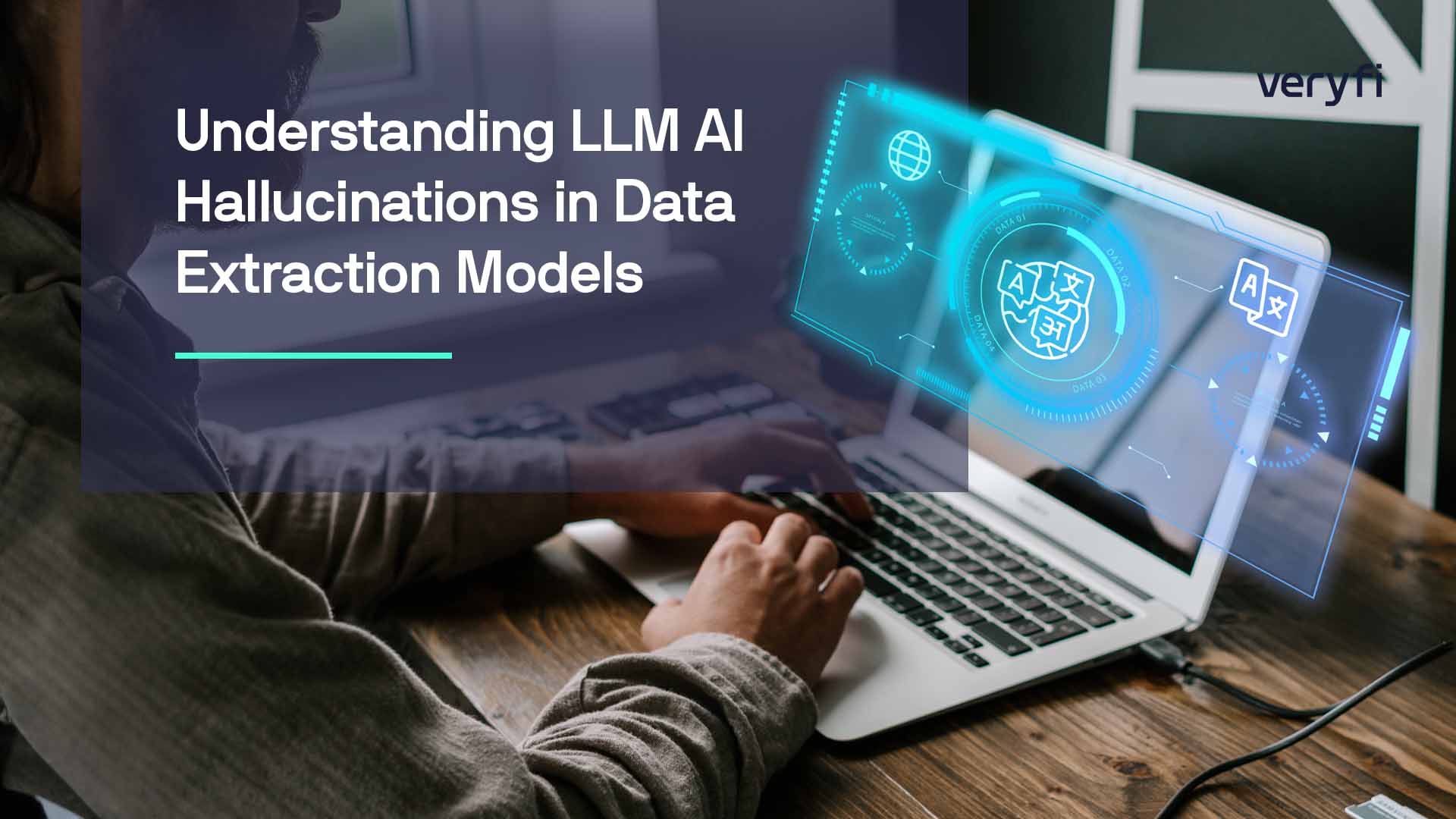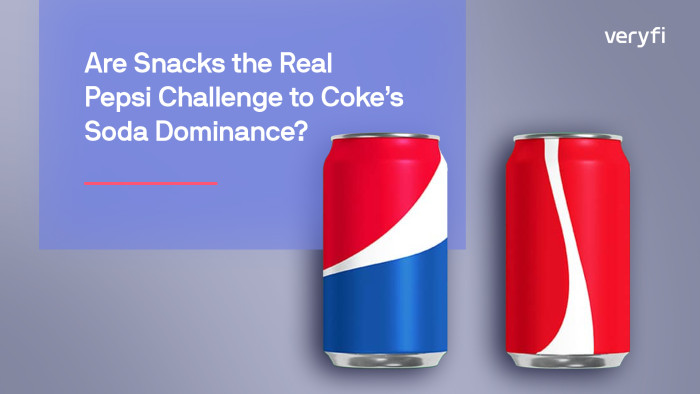In recent years, one element of artificial intelligence that has seen a whirlwind of momentum and innovation is the field of Large Language Models (LLMs). These complex systems, based on neural networks, aim to revolutionize the way machines understand and interact with human language. Platforms such as GPT-4 have heralded a new era of NLP (Natural Language Processing) with their high accuracy in understanding, generating, and translating text. However, a recurring issue, which businesses have grappled with, is the LLMs’ tendency to “hallucinate”.
It is crucial to first grasp what we mean when we say that the LLMs hallucinate. In simplistic terms, these high-functioning language models sometimes generate information that has no foundation in the input data or is not based on factual or validated information. While it’s an interesting phenomenon from an academic perspective, it can be problematic in real-world, business-centric applications where accuracy is paramount.
Why do these LLMs hallucinate? The primary reason can be traced back to their training phase. During this phase, LLMs learn the language model from a massive corpus of diverse, unrestricted internet text. However, this learning process often extends to unvalidated and hypothetical content, which can cause an LLM to generate false information during prediction, a.k.a., to hallucinate. Another reason could be that it’s much easier to generate something frequently seen then following what really is inside the very domain specific documents. In training AI and machine learning models, producing hallucinations or allowing them to happen defeat the purpose of AI and machine learning itself. Biased or incorrect outputs lead to poor models.
Hallucinating is Easy – What does this have to do with data extraction?
Prominent language models such as ChatGPT or Bard, often touted for their prowess in handling language tasks, are not immune to hallucination. For businesses that require precise extraction of data from documents like invoices or receipts, this can be a significant drawback. LLMs, as powerful as they are, do not guarantee accurate, consistent data extraction from unstructured data sets, making them less desirable for specific demands.
Enter the alternative – data extraction models. Unlike Large Language Models, data extraction models do not hallucinate. They leverage highly trained algorithms to pull forth accurate data from documents, offering reliability in every transaction. The design of these models is predominantly focused on converting complex, unstructured data into a neatly organized, structured format. The beauty of these models lies in their dependability, making them highly valuable for data extraction tasks.
Data extraction models are built with specific tasks in mind, such as extracting data from receipts or financial documents. They are trained on large datasets of labeled examples, which helps them learn patterns and make accurate predictions. These large datasets only grow with continued usage and training, making the data extraction models sharper and quicker. In contrast, large language models like OpenAI’s GPT-3 are trained to generate text and can sometimes produce outputs that may not be accurate or reliable. Hence, the release of GPT-4 was to reduce hallucinations significantly. The training process for data extraction models focuses on the specific task at hand and helps prevent hallucinations or incorrect outputs.
How Veryfi Leaves No Room for Hallucinations!
This brings us to Veryfi. While it harnesses certain nuances from Language Models, Veryfi stands apart from typical LLMs due to one key characteristic – it does not hallucinate. At its foundation, Veryfi is specifically optimized for business transaction documents, thus delivering accuracy and precision in data extraction, optical character recognition, and data processing. Leveraging domain-specific bookkeeping AI, Veryfi’s main objective is to accurately understand and faithfully process data from unstructured documents. After all, this is the core of intelligent document processing.
Combining the machine learning and NLP algorithms, Veryfi builds an AI model that’s greatly effective in extracting data accurately from a variety of document types, without creating hypothetical inferences, unlike traditional LLMs. This unique blend of techniques helps Veryfi churn raw unstructured data into meaningful insights that businesses can use.
In conclusion, for businesses in search of accurate data extraction, diving deep into LLMs for a solution could prove counterproductive due to the hallucination issue. Advanced data extraction models, like Veryfi, provide an effective way of turning unstructured documents into accurately parsed structured data. By fusing powerful aspects of language models with precise extraction capabilities, these models manage to circumvent the hallucination issues common in typical LLMs, paving the way for reliable machine interpretation of data. Thus, Veryfi affirms the maxim that even in artificial intelligence, seeing is not necessarily believing!
Experience the Power of Veryfi: extract data from receipts and financial documents with speed, accuracy, and security. Grab a receipt, and try out our web demo today!










